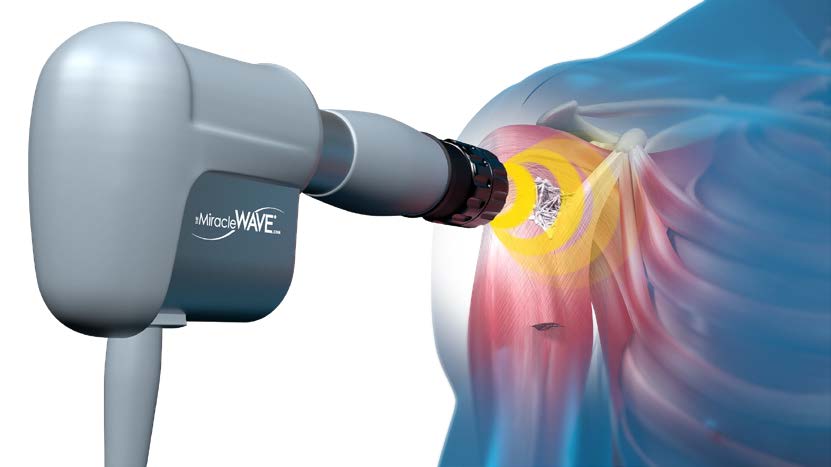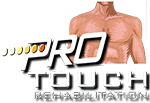
What is Shockwave?
Shockwave therapy is a multidisciplinary device used in orthopedics, physiotherapy, sports medicine, urology and veterinary medicine. Its main assets are fast pain relief and mobility restoration. Together with being a non-surgical therapy with no need for painkillers makes it an ideal therapy to speed up recovery and cure various indications causing acute or chronic pain.
MECHANISM OF ACTION
Shockwave is an acoustic wave which carries high energy to painful spots and myoskeletal tissues with subacute, subchronic and chronic conditions. The energy promotes regeneration and reparative processes of the bones, tendons and other soft tissues.
Shockwaves are characterized by jump change in pressure, high amplitude and non-periodicity.
The kinetic energy of the projectile, created by compressed air, is transferred to the transmitter at the end of the applicator and further into the tissue.
MEDICAL EFFECTS
Acoustic waves with high energy peak used in Shockwave therapy interact with tissue causing overall medical effects of accelerated tissue repair and cell growth, analgesia and mobility restoration. All the processes mentioned in this section are typically employed simultaneously and are used to treat chronic, sub-acute and acute (advanced users only) conditions.
New Blood Vessel Formation
Nutrient blood flow is necessary to start and maintain the repair processes of damaged tissue. The application of acoustic waves creates capillary microruptures in tendon and bone.
Reversal of Chronic Inflammation
Mast cells are one of the key components of the inflammatory process. Their activity may be increased by using pervasive acoustic waves.
Stimulation of Collagen Production
The production of a sufficient amount of collagen is a necessary precondition for the repair processes of the damaged myoskeletal and ligamentous structures. Shockwave therapy accelerates procollagen synthesis.
Dissolution of Calcified Fibroblasts
Calcium build-up is most often the result of micro-tears or other trauma to a tendon. Acoustic waves break up the existing calcifications.
Dispersion of Pain Mediator “Substance P”
Substance P is a neurotransmitter that mediates pain information through the C-fibers. This neuropeptide is generally associated with intense, persistent and chronic pain.
Release of Trigger Points
Trigger points are the principal cause of pain in the back, neck, shoulder and limbs. Delivered acoustic energy unblocks the calcium pump and thus reverses the metabolic crisis in the myofilaments and releases the trigger points.
